Food
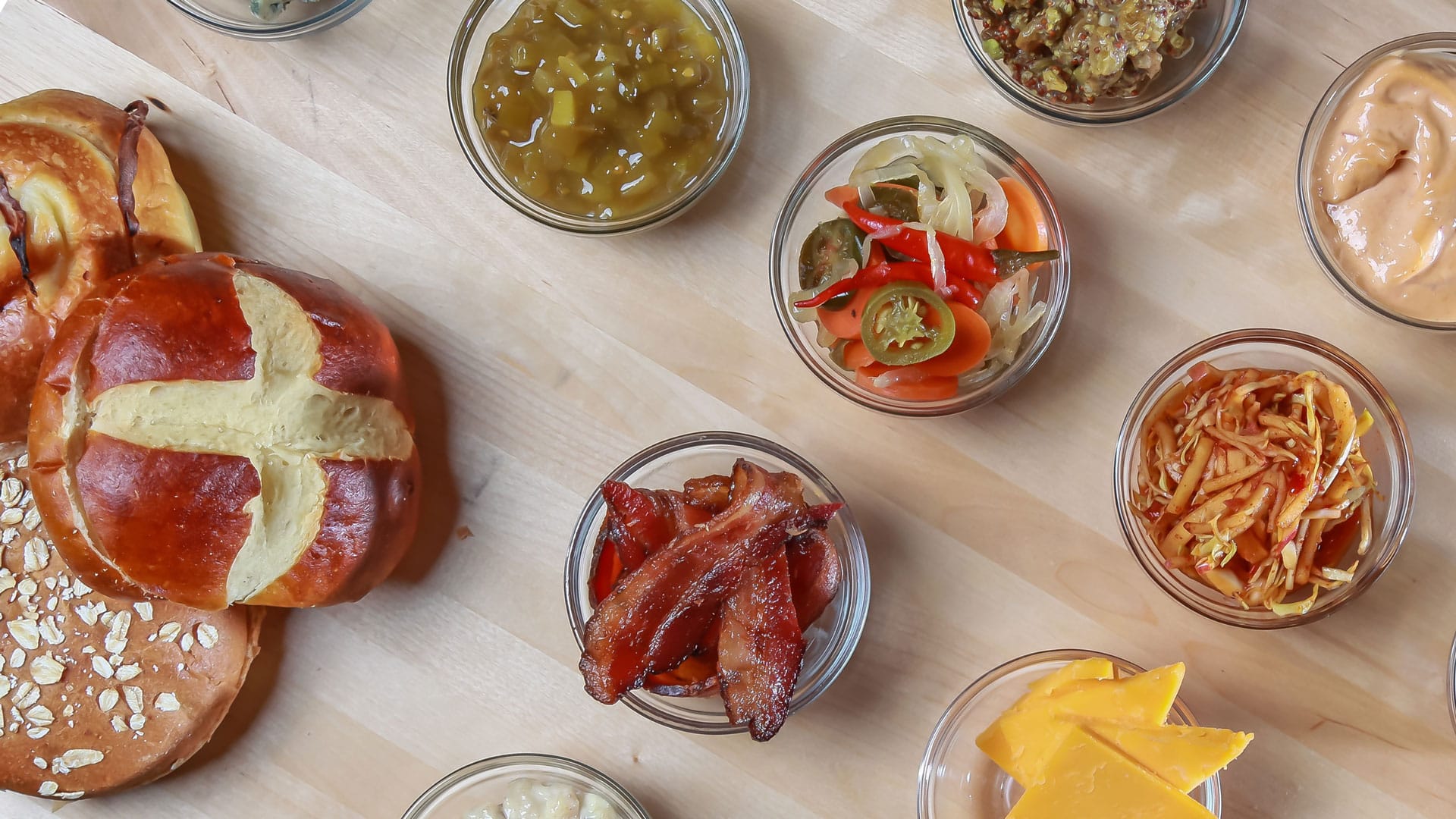
Food
Food
Food
Food
Food
Food
TV Schedule
Recipes
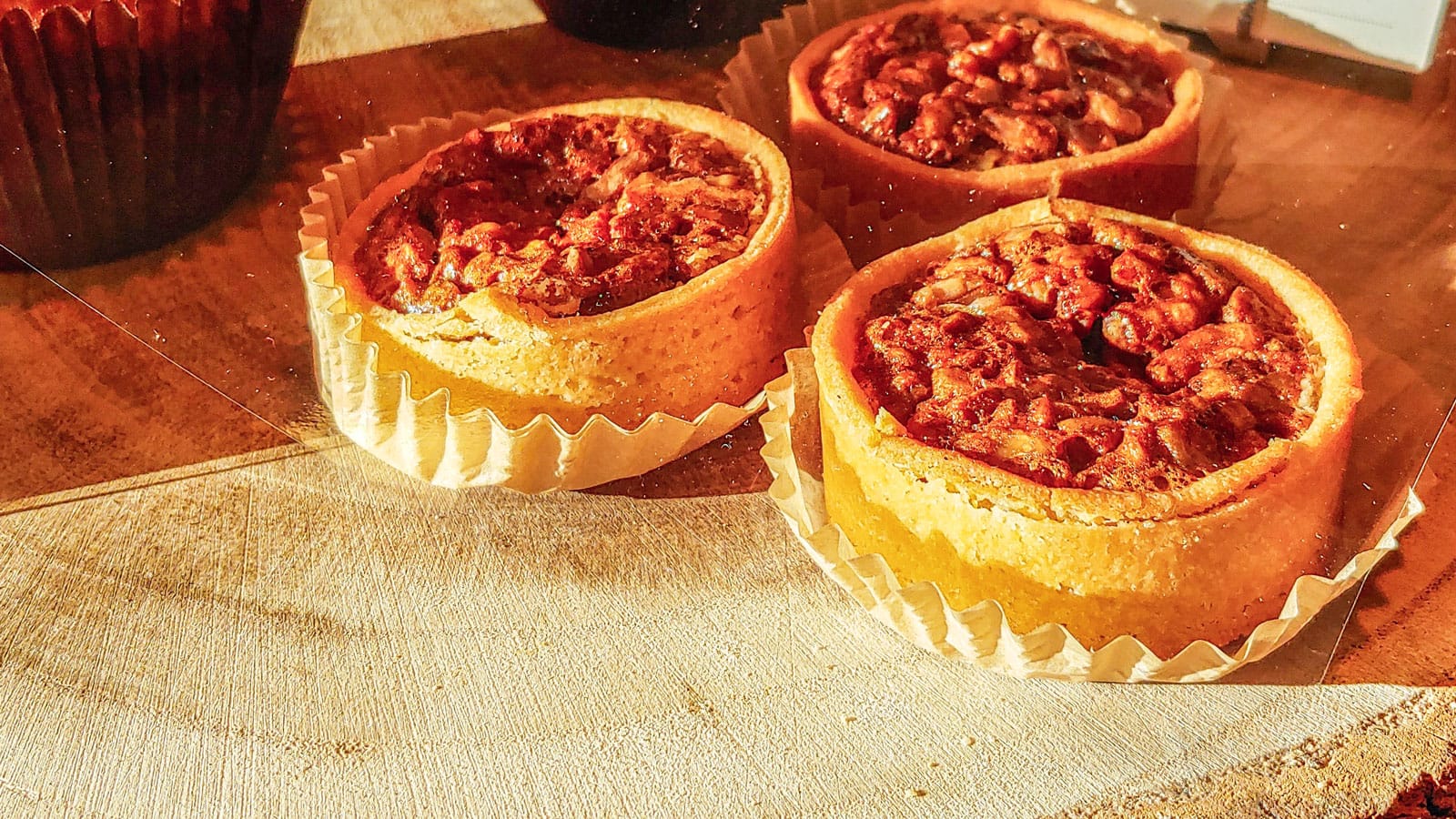

Mary Berry's Passion Fruit Tart
Try a recipe for a passion fruit-flavored take on lemon tart from the grande dame of British cookery. It's perfect for a sunny spring gathering.

Kid-Friendly Challah
Bake challah at home with your kids, in a recipe from Arthur: Postcards from Buster.
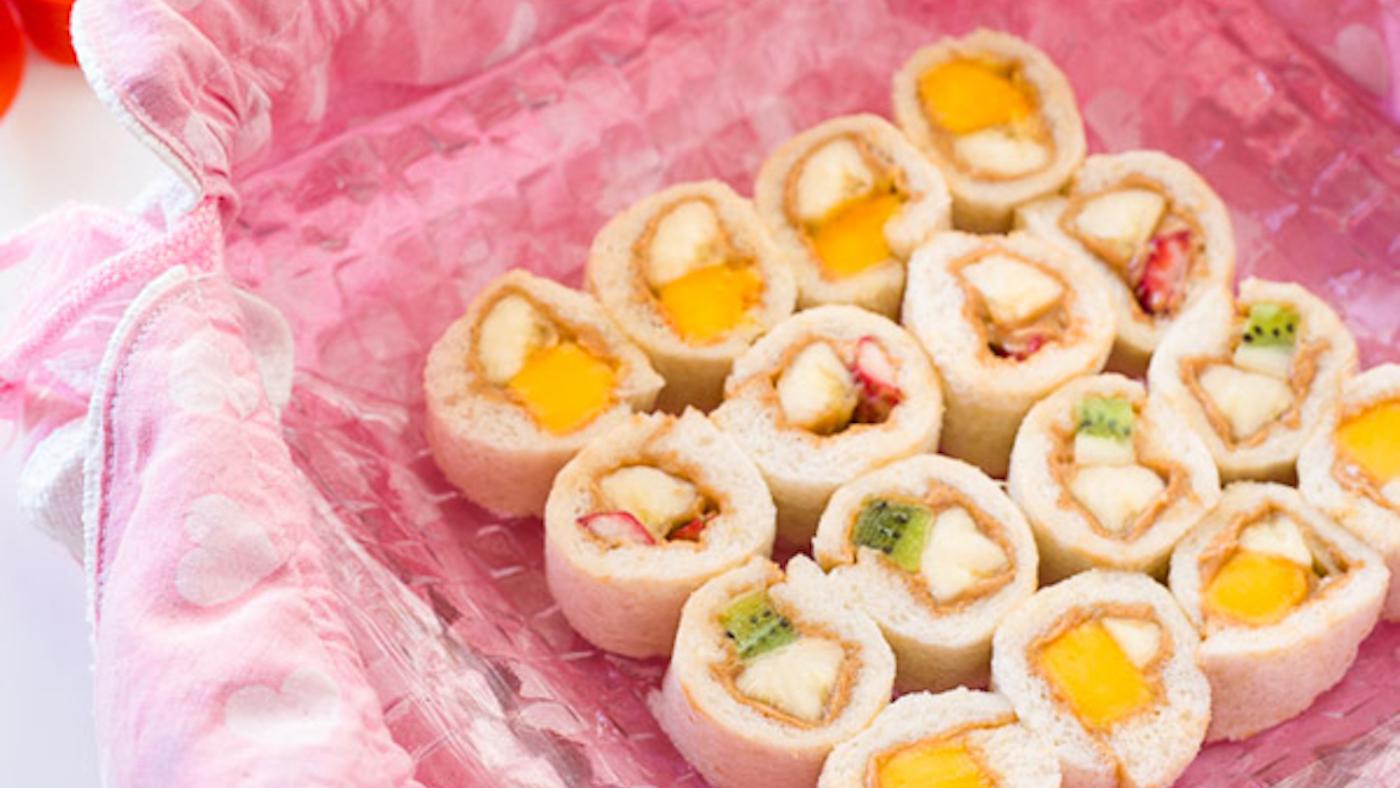
Sandwich Sushi for Fun at Meal Times with Kids
These bite-sized sandwiches are rolled like sushi and filled with a colorful assortment of fruit and peanut butter, in an idea from Marc Matsumoto of PBS's Fresh Tastes.
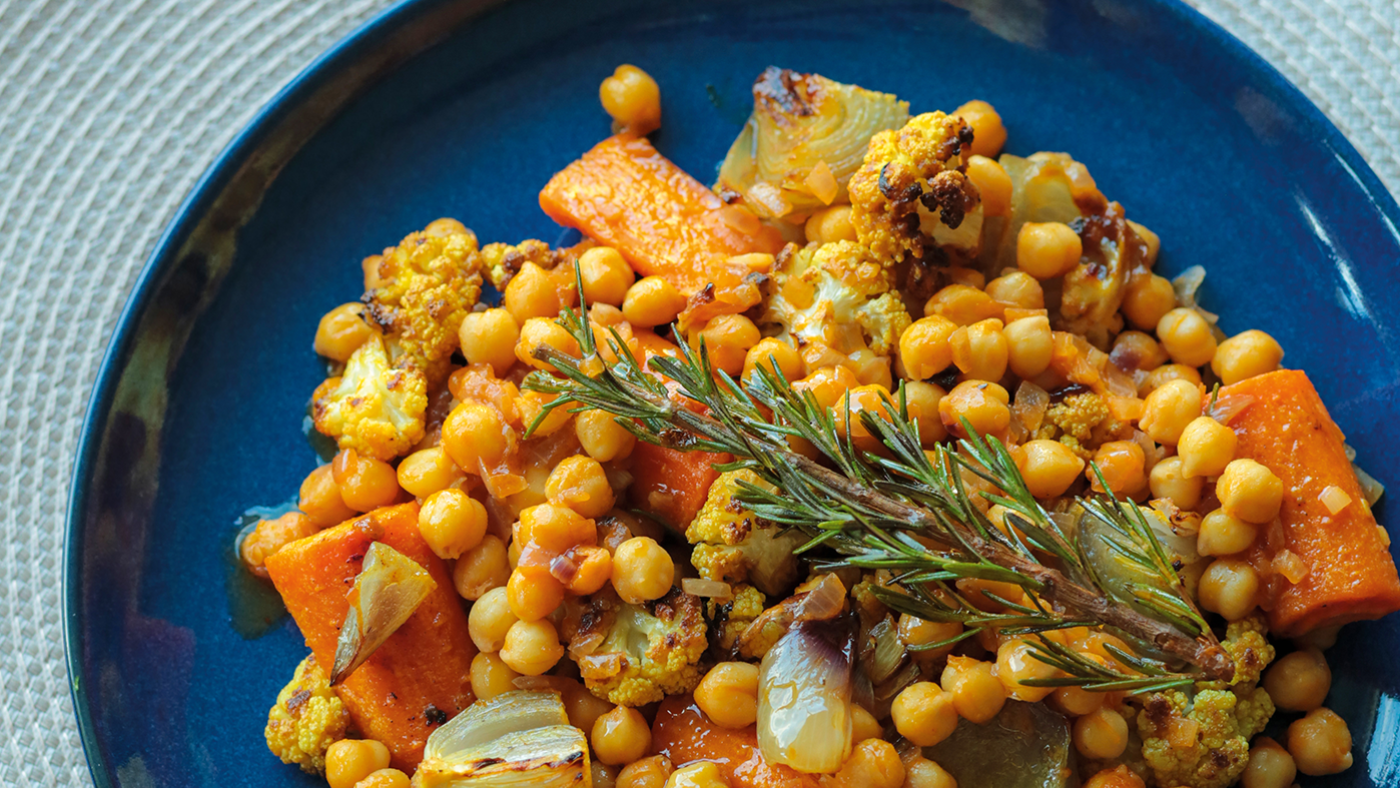
A Simple Greek Chickpea Dish from a New, Healthful Cookbook by PBS Host Diane Kochilas
The Ikaria Way: 100 Delicious Plant-Based Recipes Inspired by My Homeland, the Greek Island of Longevity by Diane Kochilas harnesses the lessons of one of the world's long-lived "blue zones" for recipes like a chickpea stew with roasted vegetables.
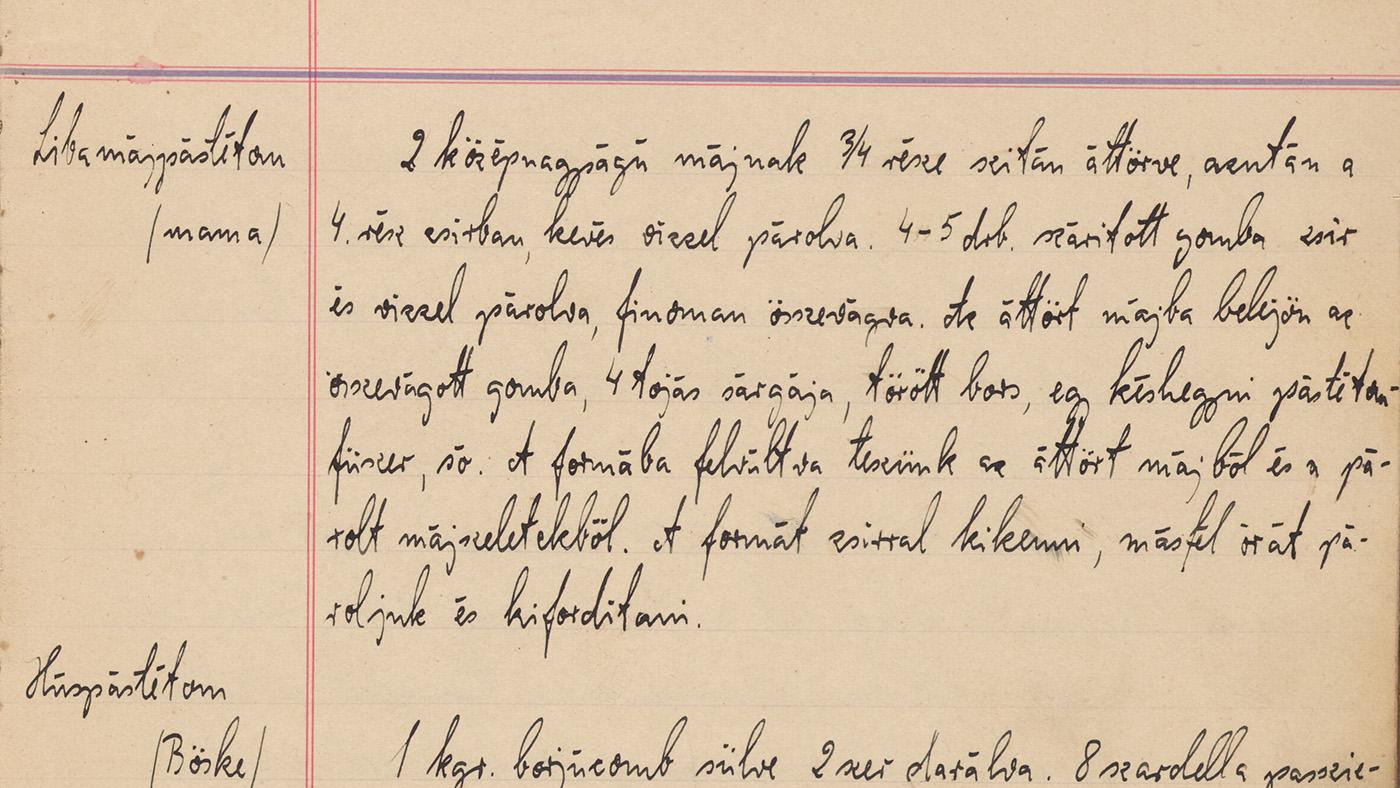
Chefs Honor Rescued Recipes from Holocaust Survivors
An upcoming dinner in Glencoe honors recipes from Holocaust survivors. One recipe for a walnut cream cake was a childhood favorite of Steven Fenves, whose family ledger of recipes is in the culinary archives of the United States Holocaust Memorial Museum.

Carrot Cake with 'Lyla in the Loop'
In the PBS Kids show Lyla in the Loop, Lyla and her family enjoy doing the carrot cake dance together – the perfect excuse to make a carrot cake with your kids and have fun at the same time!
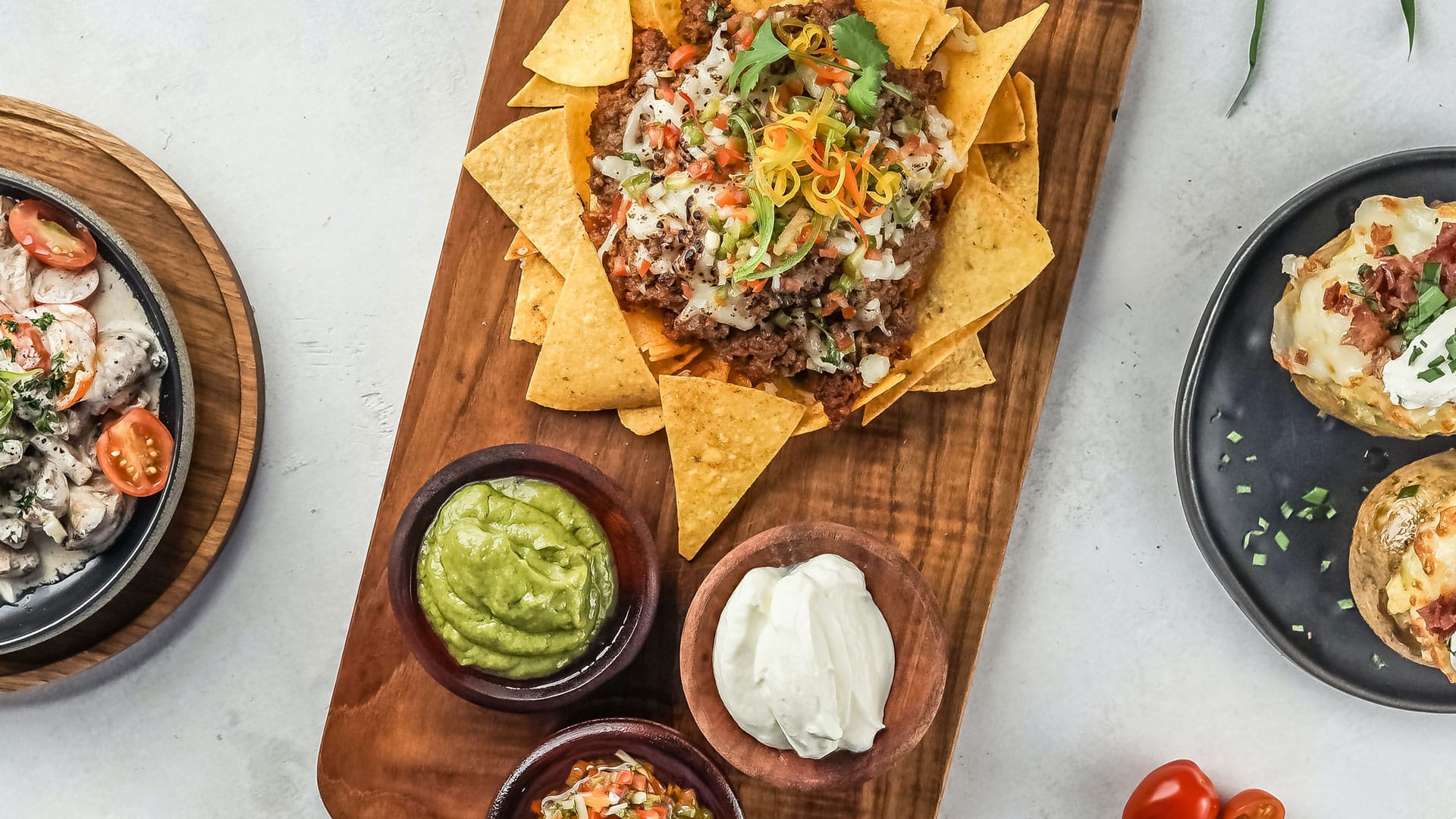
Get the dish!
Food Stories

"Ramadan is a Whole Way of Life": Breaking the Fast and Feeding Those in Need with the Muslim Practice of Iftar
During the holy month of Ramadan, Muslims who are able fast during daylight, then break a fast at sundown with iftar, a meal that is often used to feed those in need as well.
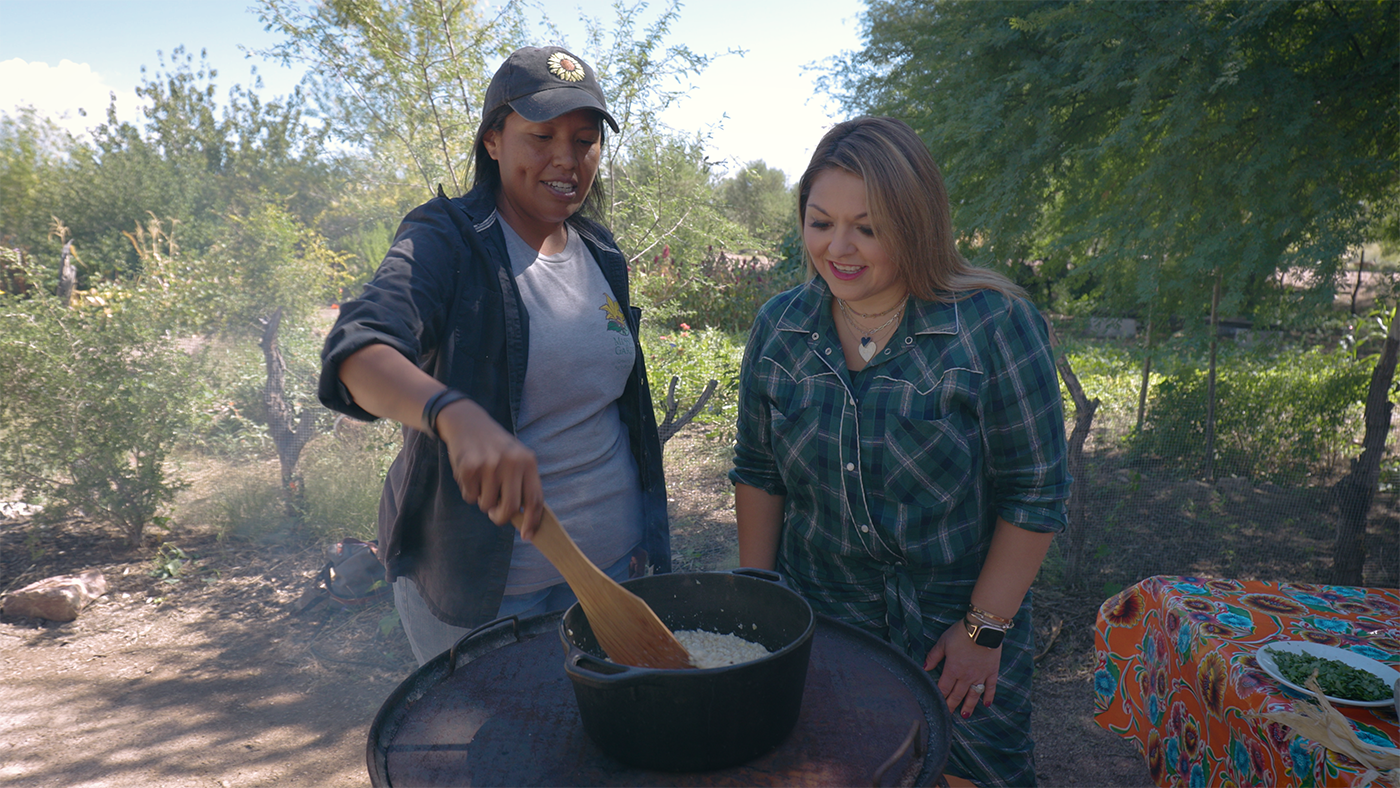
A New Show Exploring Food and Culture in America's Heartland – Plus a Recipe Featuring Wild Rice
The new series America the Bountiful goes beyond food scenes in cities to explore the culinary traditions of America's heartland via individual ingredients linked to specific places, like wild rice in Minnesota.
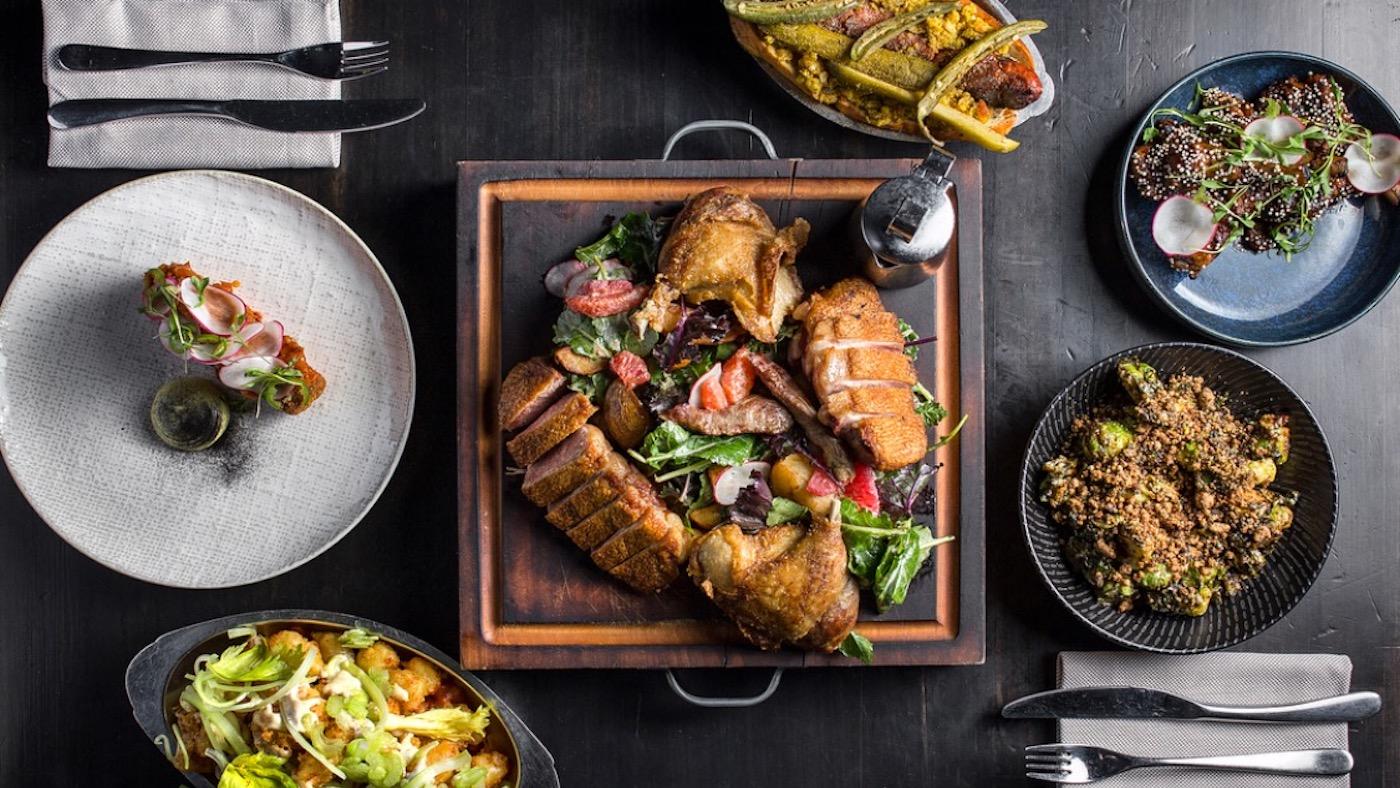
The Duck Inn Has Survived 10 Years in Bridgeport. It Has Contributed to a Changing Neighborhood – and Won Accolades – Along the Way
Kevin Hickey opened The Duck Inn on the residential street in Bridgeport where he grew up, and has since contributed to revitalizing the neighborhood, including through his involvement in the resurrection of the historic Ramova Theatre.

Coffee, Pizza, Pastries, Pins: Francis Almeda Does It All, Uplifting Other Artists and Artisans Along the Way
A few years ago, Francis Almeda opened a coffee shop dedicated to showcasing people's creative pursuits. Now he's a partner in everything from another coffee shop to a pizza business.
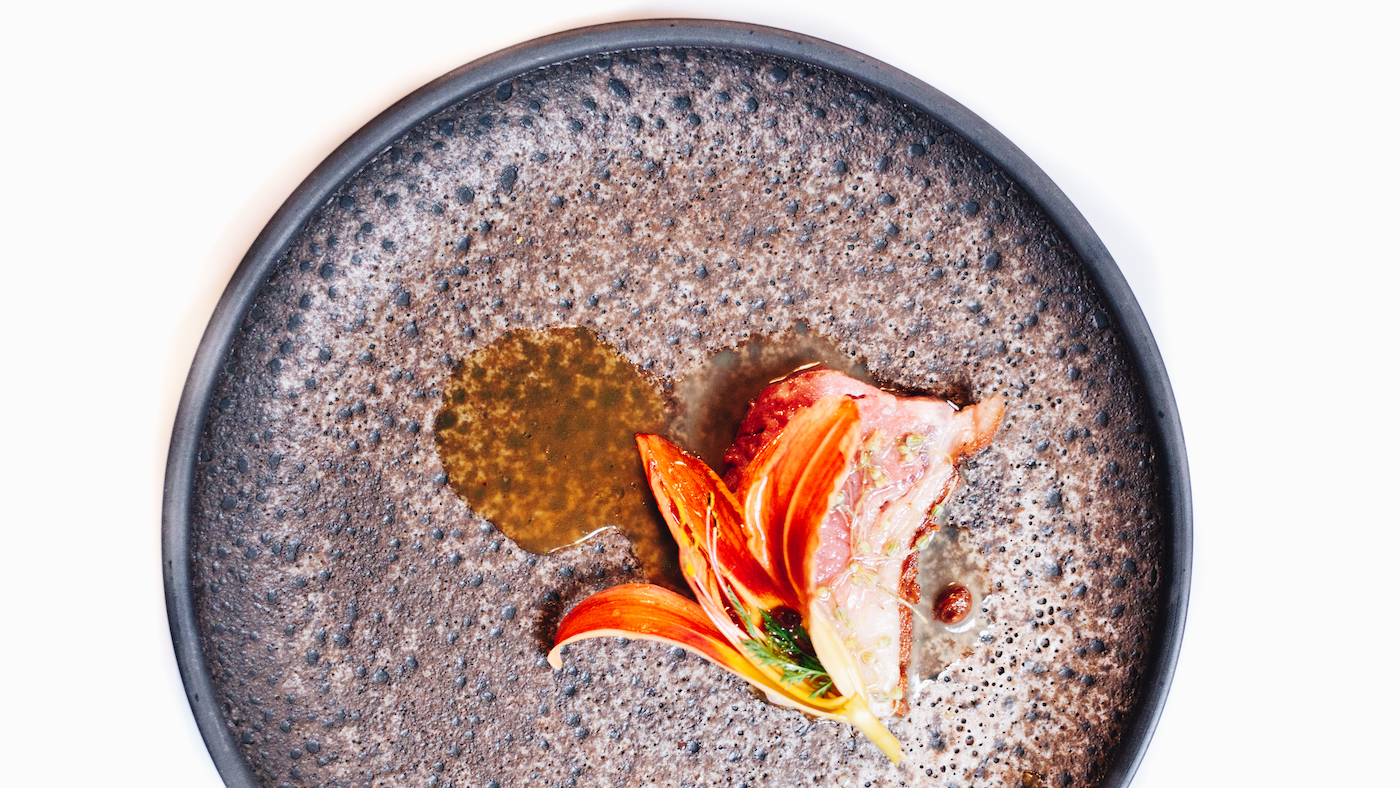
What Does It Take to Get Three Michelin Stars – And How Do They Transform a Restaurant?
Three Michelin stars is one of the restaurant industry's highest honors. Chicago's Smyth became one of thirteen restaurants in the United States to get the award in November. How did they do it, and what effect does it have?

Love It or Hate It, Cincinnati Chili Is Coming to Chicago Thanks to a Michelin-Starred Chef
After steering Atelier to a Michelin star in its first year, Chef Christian Hunter is now opening a Cincinnati chili parlor and bar that will celebrate the Midwest.
Thanks to our sponsors:
Learn more about advertising and sponsorship on WTTW.
Food Series

Check, Please!
The Emmy-winning local restaurant review series from WTTW Chicago features host, master sommelier, and restaurateur Alpana Singh sitting down with three “regular person” guest reviewers as they compare notes on their experiences at three Chicago-area eateries.

Chefs Off the Clock
Discover the ways Chicago’s celebrity chefs unwind after they clock out of the kitchen. Get to know another side of these interesting personalities who — while known for their passion and work ethic in the kitchen — are fascinating and passionate people in their personal lives as well.

FOODPHILES
Meet the people who feed you. This digital takes you into the kitchen, behind the bar, and into the field to introduce you to a chef or restaurateur who prepares food and libations as they share their personal stories and insights about the meaning of their work, how they got into the hospitality business, and why they have such a passion for what they do.

Foods of Chicago
Join Geoffrey Baer as he plays both taste tester and tour guide, exploring the little-known stories behind Chicago's favorite foods! Along this delectable journey, learn how the Chicago-style hot dog came into being, discover the connection between Al Capone and Jay's Potato Chips, take a tour down Chicago's New Maxwell Street Market, learn about the birth of the classic SATURDAY NIGHT LIVE "cheezborger" routine from the Billy Goat tavern, and so much more!

Dishalicious
This cooking demonstration program filmed before a live audience in WTTW's Grainger Studio is hosted by Sarah Grueneberg, James Beard award-winning chef/owner of Chicago's Monteverde and runner-up on "Iron Chef" and "Iron Chef Gauntlet." Each week, Sarah is joined by three extraordinary local chefs who band together to prepare a unique meal.

Food Thoughts
Healthy eating and food education are essential to preparing the very youngest members of our community for school and life. Pilot Light and WTTW team up to encourage healthy eating with FOOD THOUGHTS, an animated series of videos for kids and families. Puppy chef host “Puprika” joins a diverse group of children and families to visit their homes, gardens, farms, and schools.

